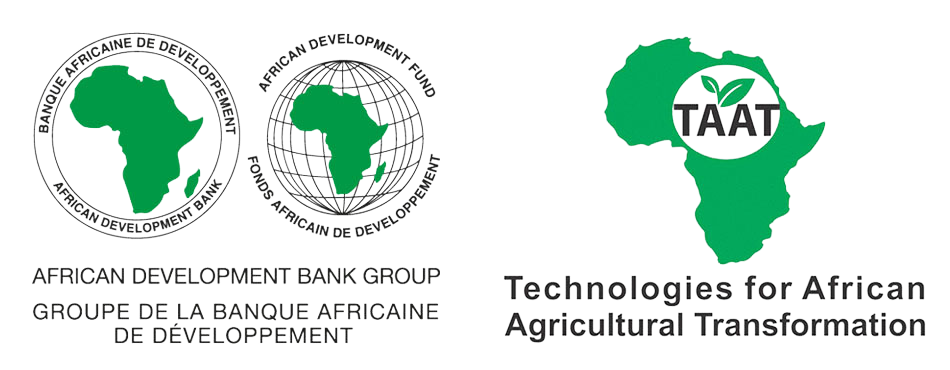

Boost efficiency in animal sample extraction and improve target amplification
Thermo Fisher’s Animal Health technologies, including the VetMAX™-Gold AIV Detection Kit, VetMAX Master Mixes, MagMAX Core Sample Extraction Kits, and QuantStudio 5, are advanced tools for boosting efficiency in animal sample extraction and improve target amplification and identification. - Real Time PCR Diagnostics Kits : These kits detects pathogens with high sensitivity and specificity, allowing quick and reliable results to help control outbreaks. - VetMAX Master Mixes: These are pre-formulated reagents for PCR (Polymerase Chain Reaction) tests, which amplify DNA, making it easier to identify pathogens in animal samples. (Sentence after this deleted) - MagMAX Core Sample Extraction Kits: These kits efficiently extract DNA and RNA from a variety of animal sample types, enabling accurate downstream applications like PCR. They streamline the sample preparation process, facilitating high-quality nucleic acid recovery. - QuantStudio 5: This is a real-time PCR system that enables precise, quantitative results for pathogen detection in animal samples. It supports high-throughput testing with user-friendly software, making it ideal for veterinary labs.
This technology is validated.
Adults 18 and over: No impact
The poor: No impact
Under 18: No impact
Women: No impact
Farmer climate change readiness: Significant improvement
It ensures rapid disease management, promoting healthier livestock, and enhancing the sustainability of their farming operations.
Disease Incidence and Spread: Avian influenza, for example, poses a significant threat to poultry populations worldwide. Outbreaks can lead to massive culling of birds to control the spread, resulting in substantial economic losses. In 2015, the avian influenza outbreak in the U.S. led to the culling of over 50 million birds, costing the industry more than USD 3 billion.
Yield Losses: Diseases like avian influenza can drastically reduce poultry production, leading to lower meat and egg yields. This not only affects food supply but also the livelihoods of smallholder farmers who rely on poultry for income.
Inconsistent and Slow Diagnostics: Traditional diagnostic methods can be slow and inconsistent, leading to delays in disease detection and management. Our technologies, such as the QuantStudio 5 real-time PCR system, enable rapid and accurate results, enabling timely interventions.
Sample Processing Challenges: Efficient and reliable extraction of DNA and RNA from animal samples is crucial for accurate diagnostics. The MagMAX Core Sample Extraction Kits streamline this process, facilitating high-quality nucleic acid recovery, which is essential for reliable testing.
Resource Constraints: Many veterinary labs face resource constraints, including limited access to high-quality reagents and testing tools. Our VetMAX Master Mixes offer pre-formulated, ready-to-use reagents that simplify the PCR process, ensuring consistent and accurate results without the need for extensive preparation.
1. Early and Accurate Disease Detection: Real-time PCR kits (e.g., Avian Influenza Kit) detect low viral loads, allowing quick identification of infections and early intervention to prevent outbreaks.
2. Reliable and Consistent Test Results: VetMAX™ Master Mixes offer ready-to-use reagents that ensure consistent PCR performance, reducing errors and improving confidence in results.
3. Efficient Sample Preparation: MagMAX™ Extraction Kits enable fast, high-quality DNA/RNA extraction from various samples, saving time and improving the accuracy of diagnostic tests.
4. Rapid and High-Throughput Testing: QuantStudio™ 5 delivers fast, quantitative results for large sample volumes, supporting timely decision-making in disease control.
5. User-Friendly and Accessible Tools: Simplified protocols and minimal training needs make these technologies easy to adopt, even in low-resource labs, expanding access to advanced diagnostics.
Thermo Fisher’s Animal Health diagnostic technology addresses key challenges in animal disease control and enhances agricultural productivity. By enabling rapid disease detection, it contributes to improved animal health, food security, and sustainable agricultural practices, aligning with global sustainability goals.
To integrate this technology into your national or regional projects, follow these steps:
For routine testing
Installation of a qPCR workflow for extraction to result
Scaling Readiness describes how complete a technology’s development is and its ability to be scaled. It produces a score that measures a technology’s readiness along two axes: the level of maturity of the idea itself, and the level to which the technology has been used so far.
Each axis goes from 0 to 9 where 9 is the “ready-to-scale” status. For each technology profile in the e-catalogs we have documented the scaling readiness status from evidence given by the technology providers. The e-catalogs only showcase technologies for which the scaling readiness score is at least 8 for maturity of the idea and 7 for the level of use.
The graph below represents visually the scaling readiness status for this technology, you can see the label of each level by hovering your mouse cursor on the number.
Read more about scaling readiness ›
Uncontrolled environment: validated
Common use by intended users, in the real world
| Maturity of the idea | Level of use | |||||||||
| 9 | ||||||||||
| 8 | ||||||||||
| 7 | ||||||||||
| 6 | ||||||||||
| 5 | ||||||||||
| 4 | ||||||||||
| 3 | ||||||||||
| 2 | ||||||||||
| 1 | ||||||||||
| 1 | 2 | 3 | 4 | 5 | 6 | 7 | 8 | 9 | ||
| Country | Testing ongoing | Tested | Adopted |
|---|---|---|---|
| Kenya | –No ongoing testing | Tested | –Not adopted |
| Namibia | –No ongoing testing | Tested | –Not adopted |
| South Africa | –No ongoing testing | Tested | Adopted |
| Zimbabwe | –No ongoing testing | Tested | –Not adopted |
This technology can be used in the colored agro-ecological zones. Any zones shown in white are not suitable for this technology.
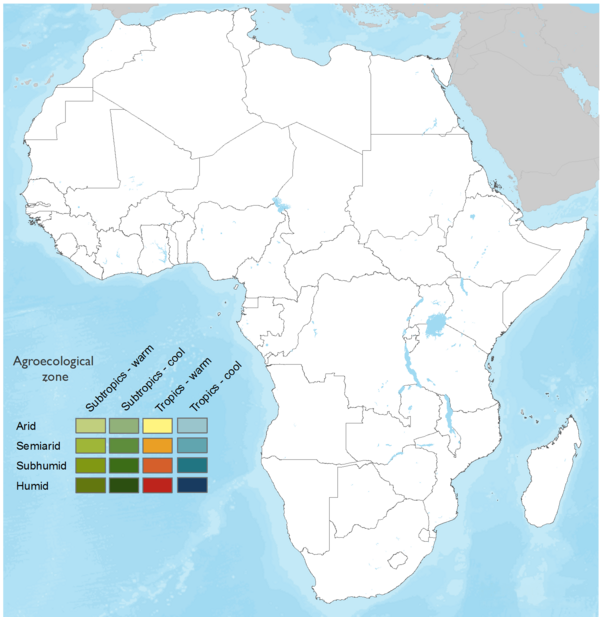















| AEZ | Subtropic - warm | Subtropic - cool | Tropic - warm | Tropic - cool |
|---|---|---|---|---|
| Arid | ||||
| Semiarid | ||||
| Subhumid | ||||
| Humid |
Source: HarvestChoice/IFPRI 2009
The United Nations Sustainable Development Goals that are applicable to this technology.

It promotes food security through healthier livestock and better productivity

It improves animal health and reducing the spread of diseases
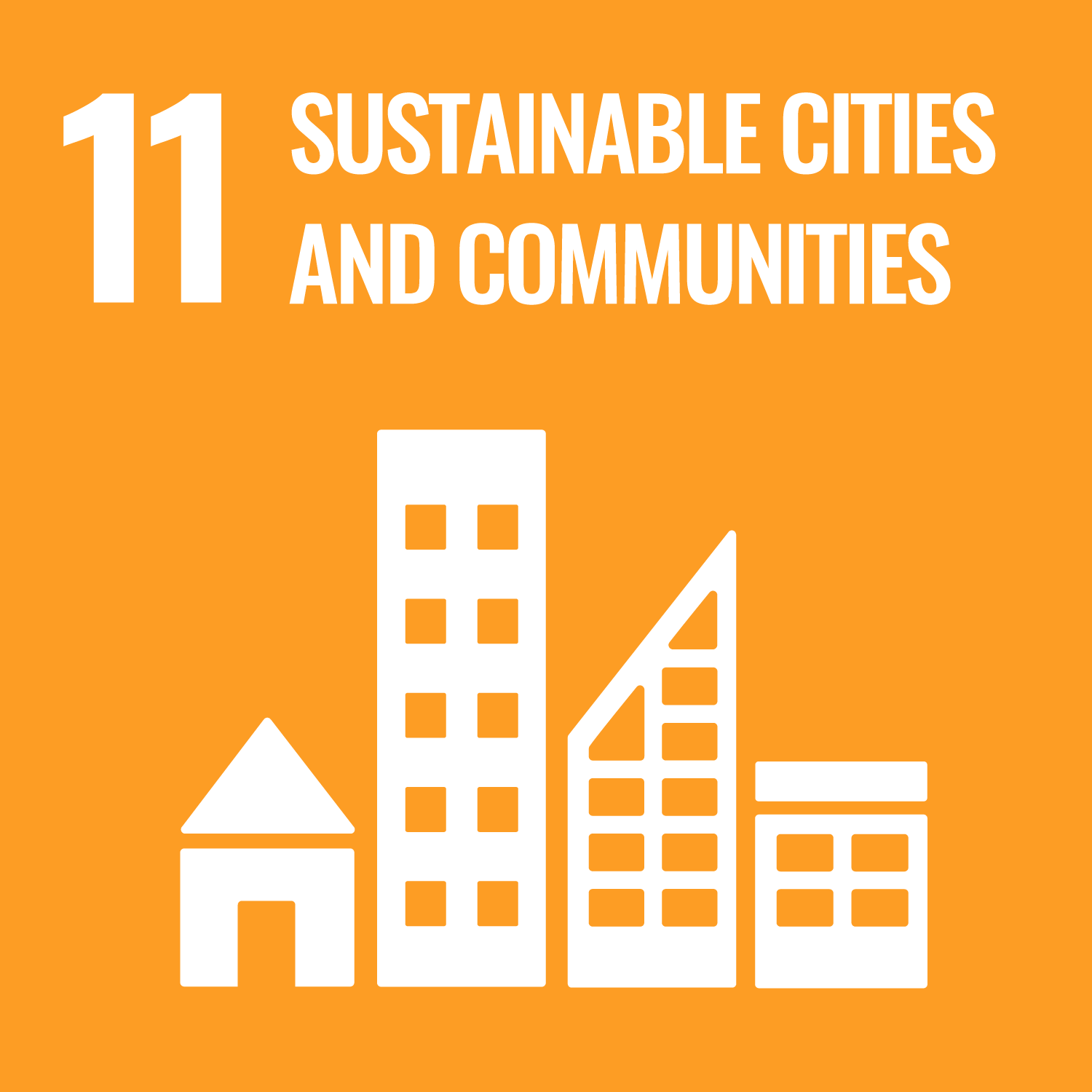
It helps prevent the spread of outbreaks to urban areas. Healthy livestock are essential for providing a reliable food supply to urban populations, contributing to food security in cities and surrounding communities.
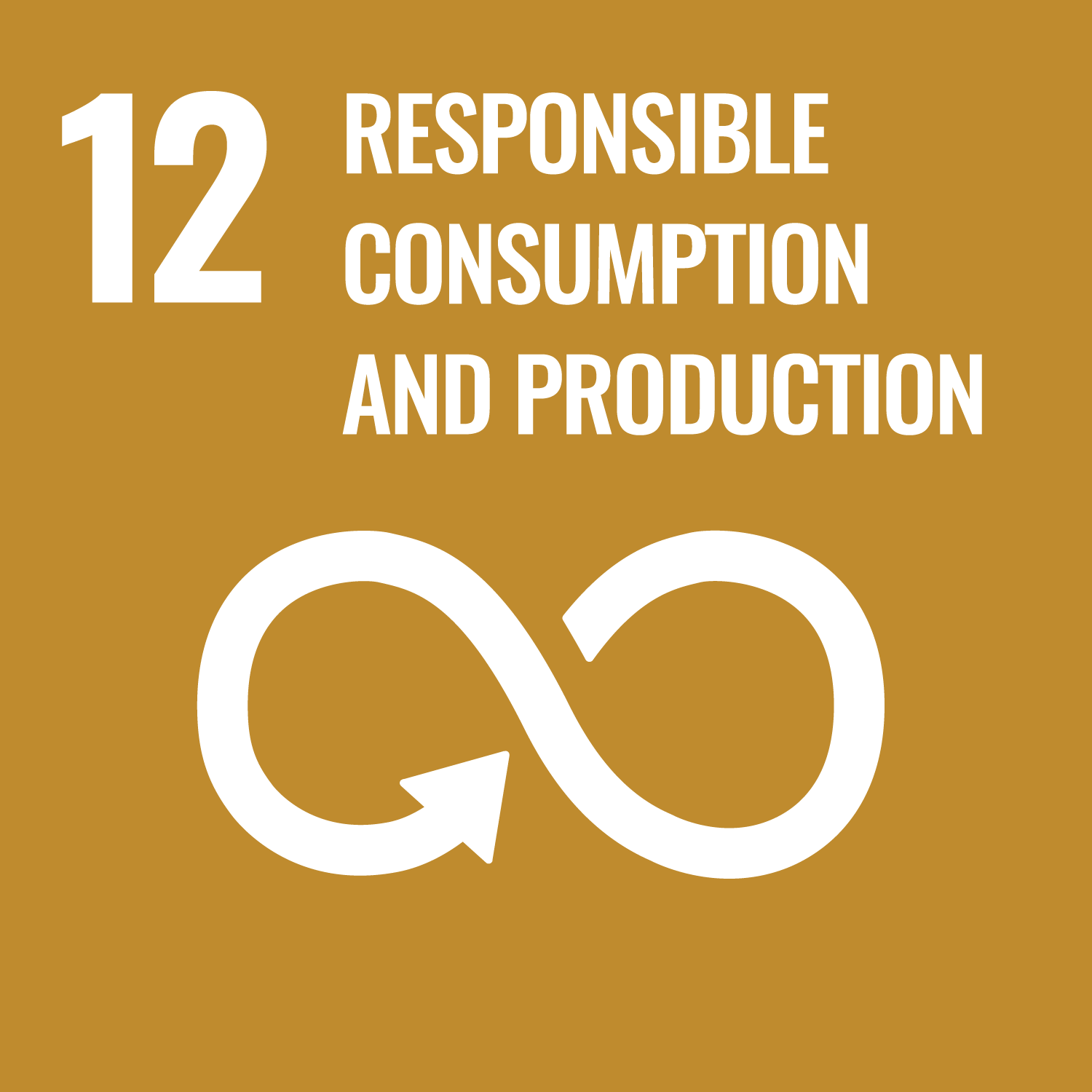
It improves the sustainability and efficiency of livestock production, minimizing waste, and ensuring responsible resource.
To use Thermo Fisher’s Animal Health technology suite, follow these steps:
Collect Samples:
Extract Nucleic Acids (DNA/RNA):
Prepare for PCR Testing:
Run PCR Test:
Interpret Results:
With this workflow users can efficiently and accurately diagnose animal diseases, helping to protect animal health and improve agricultural productivity.
Last updated on 23 June 2025